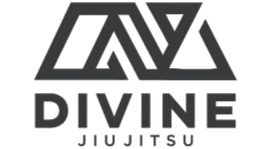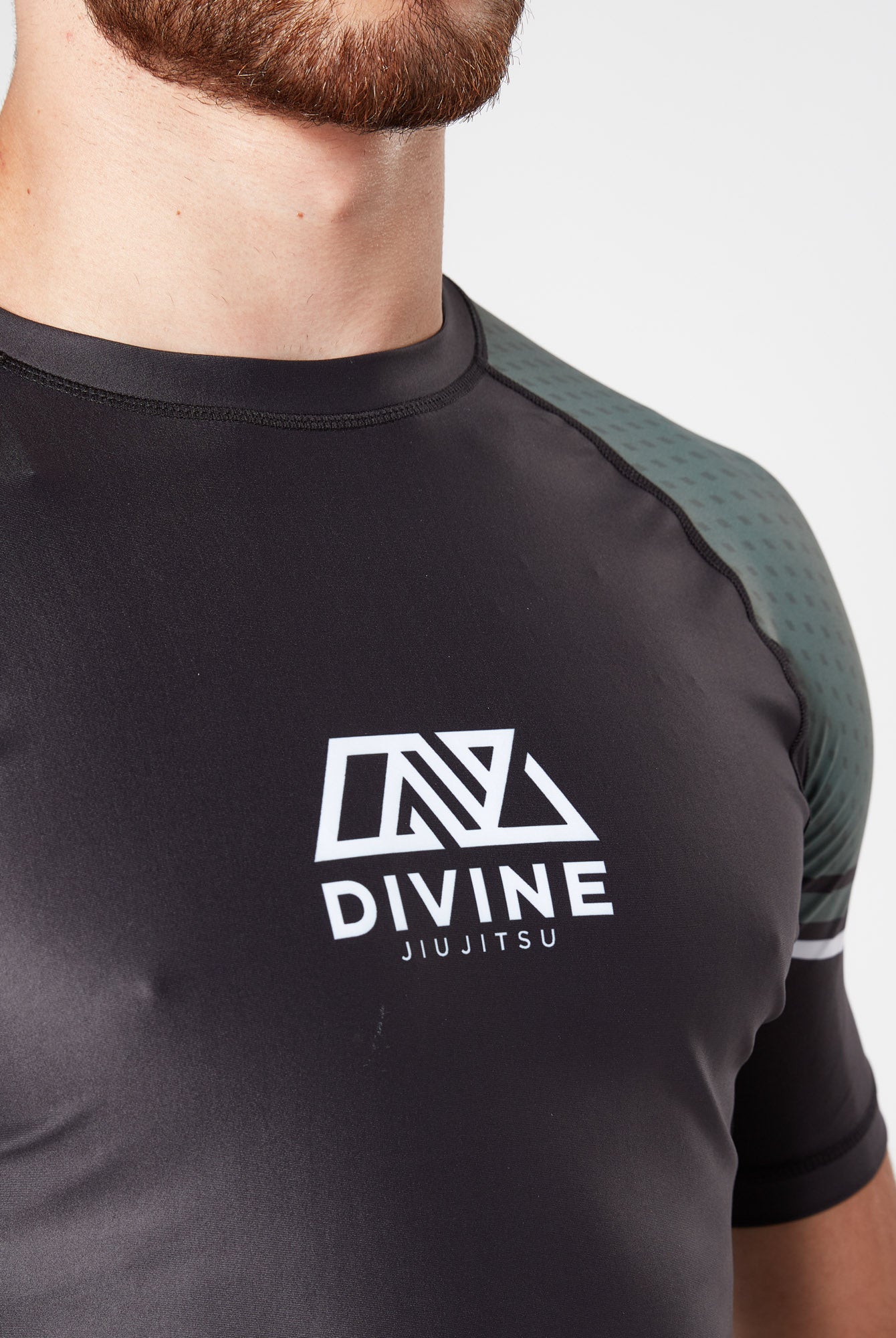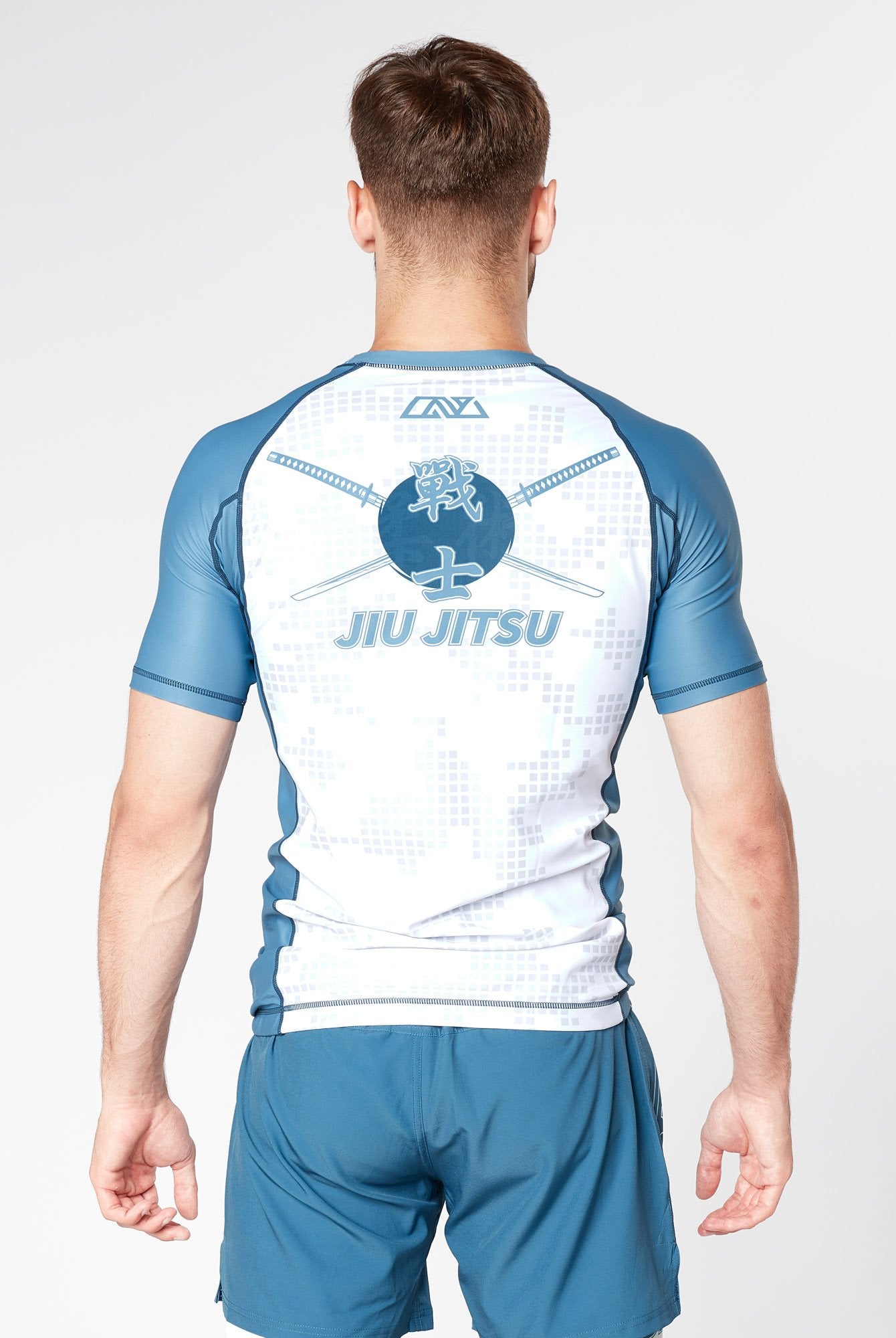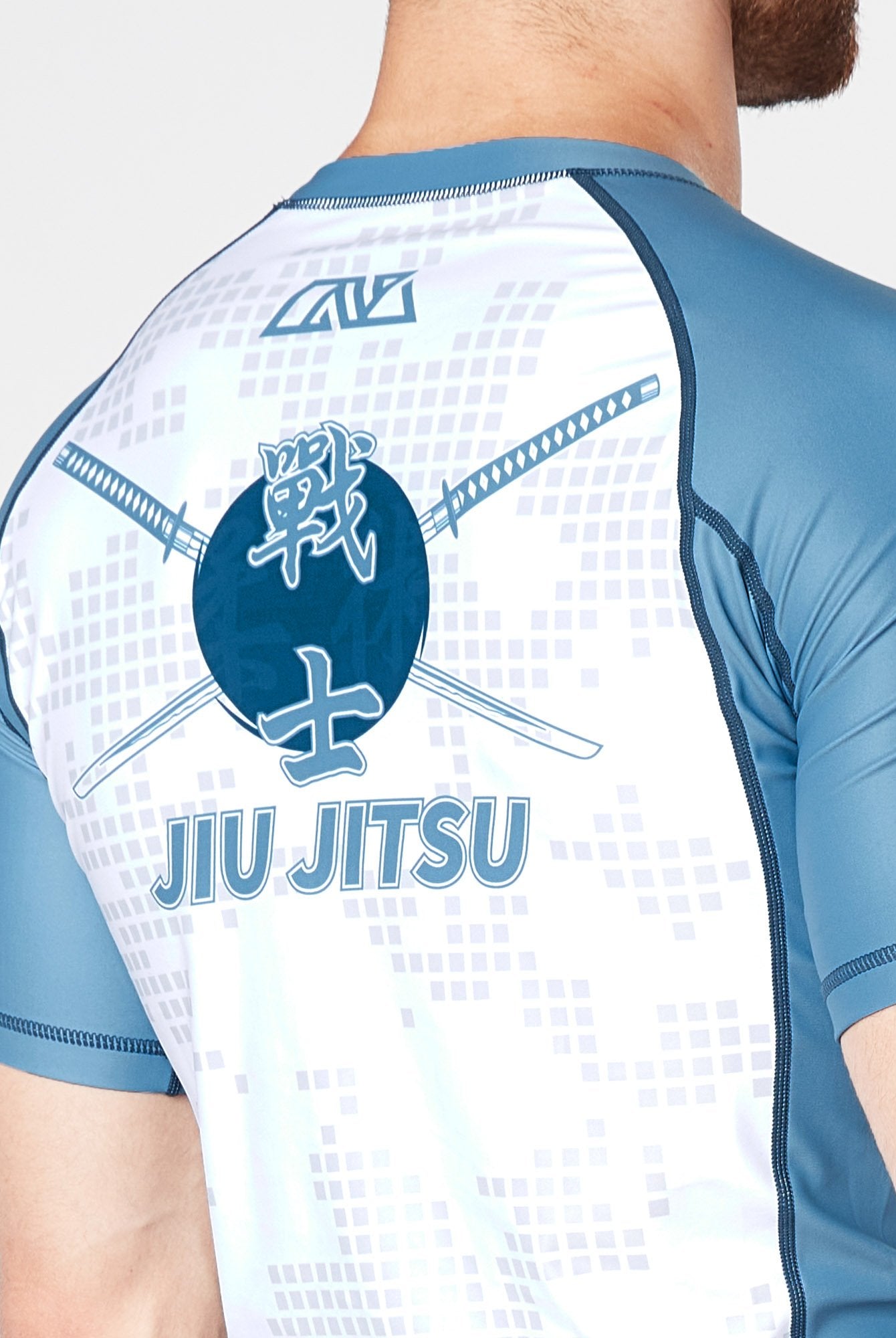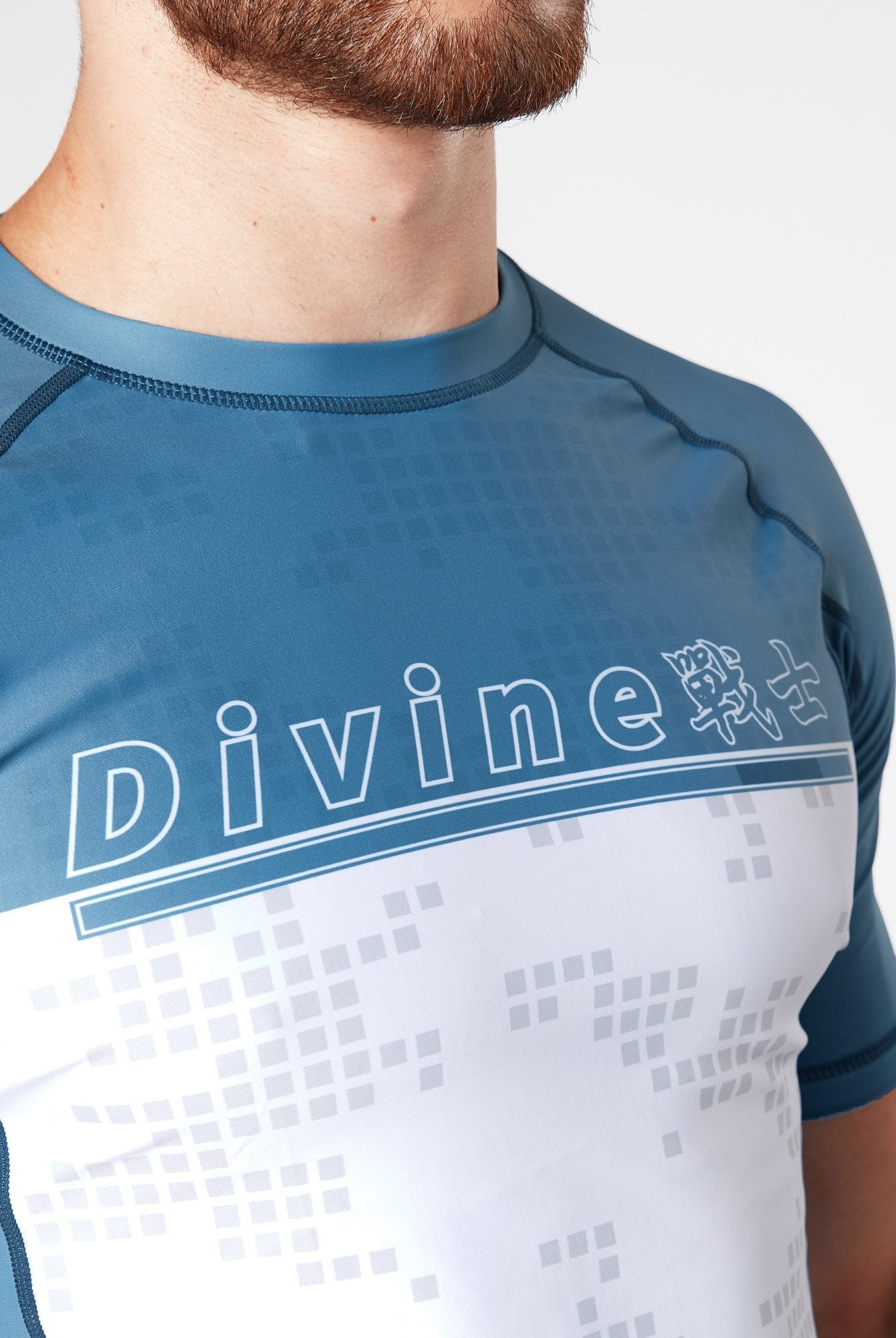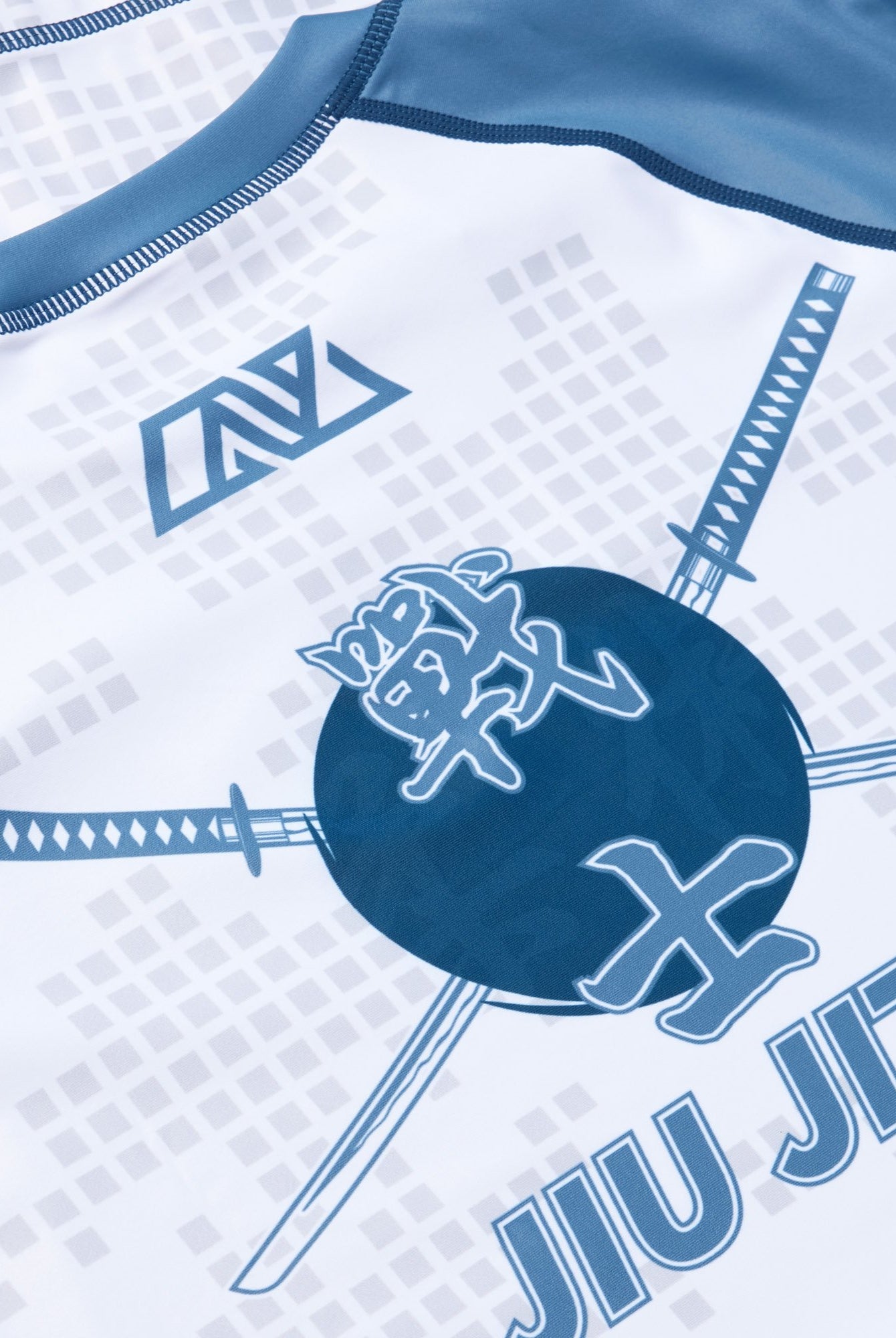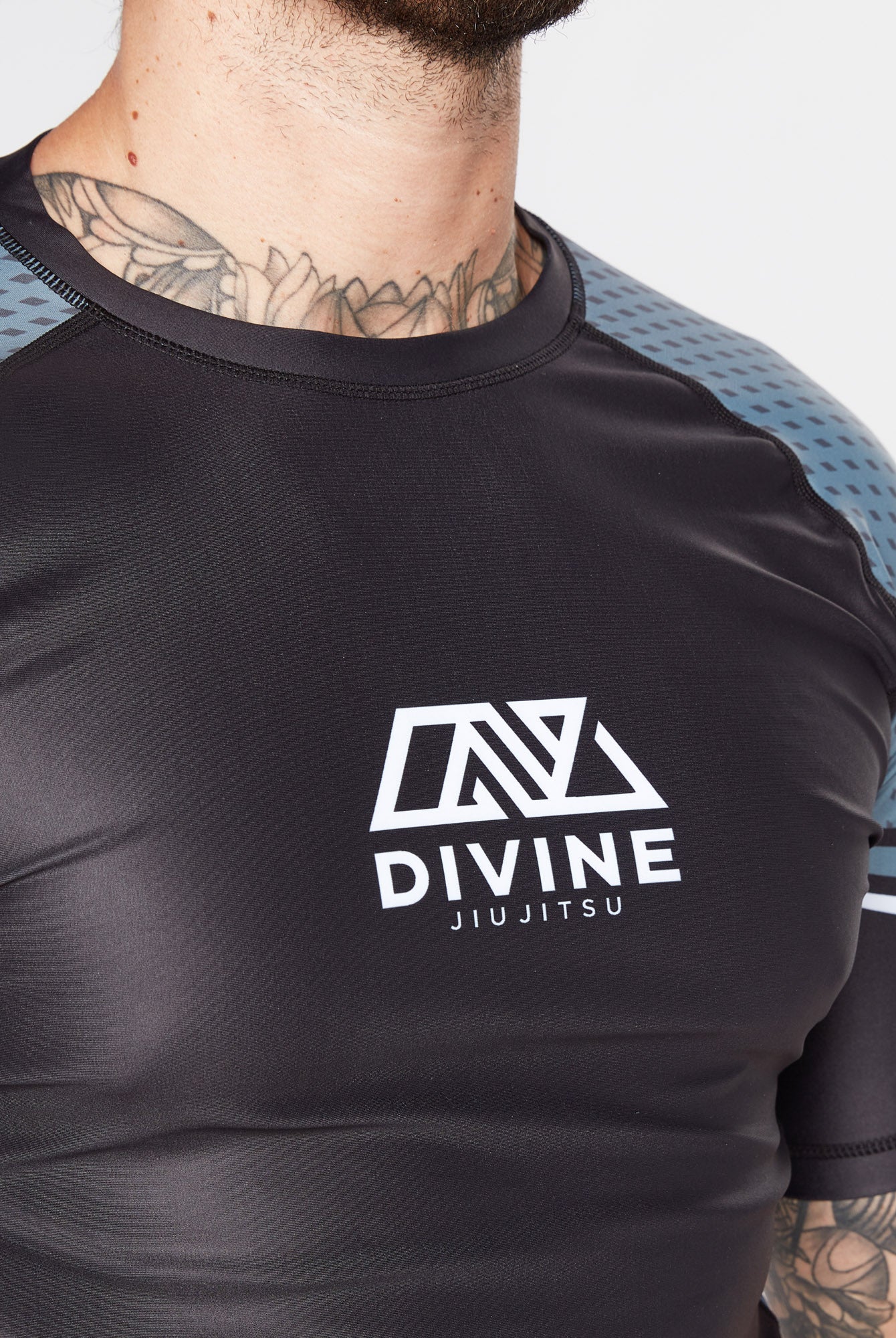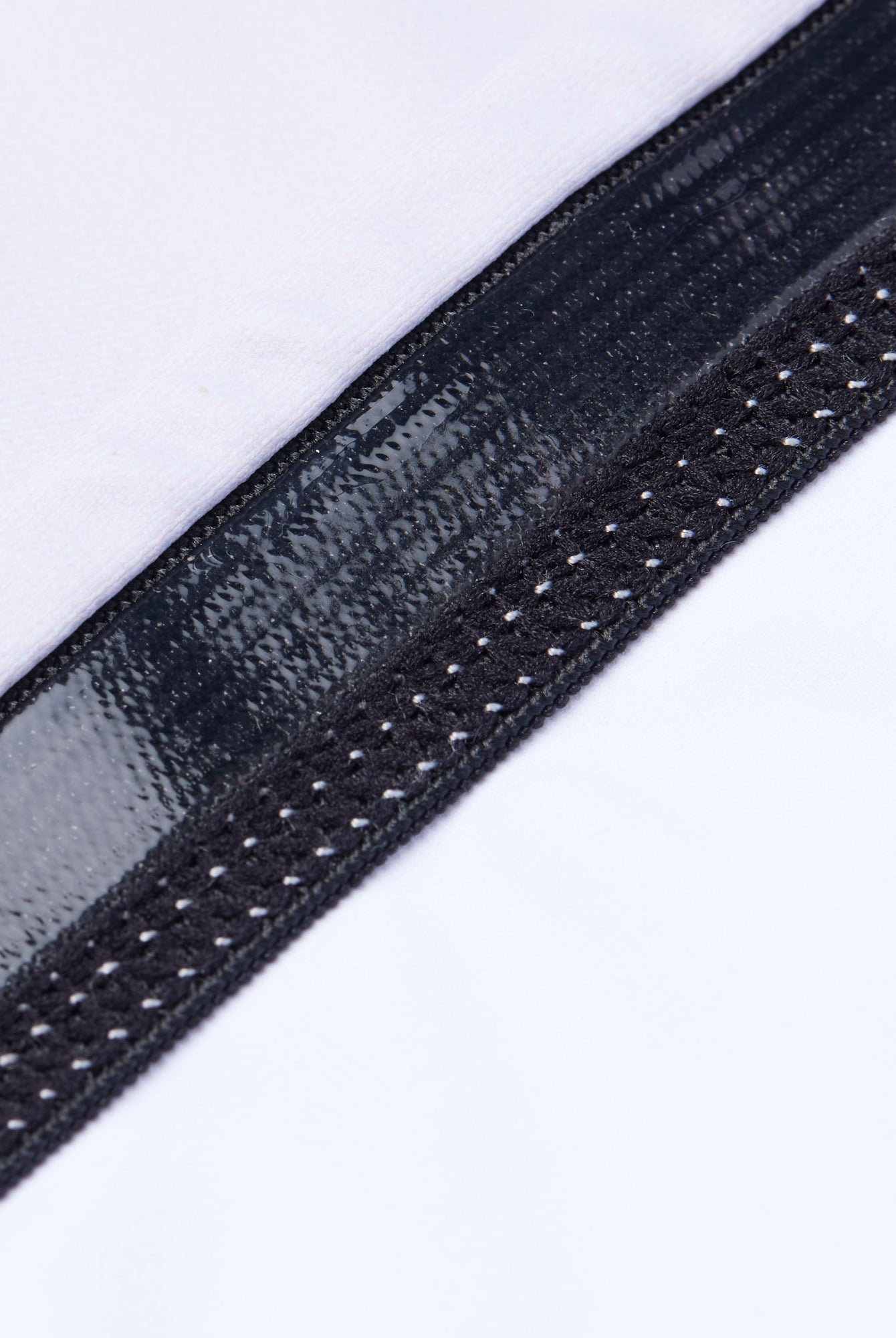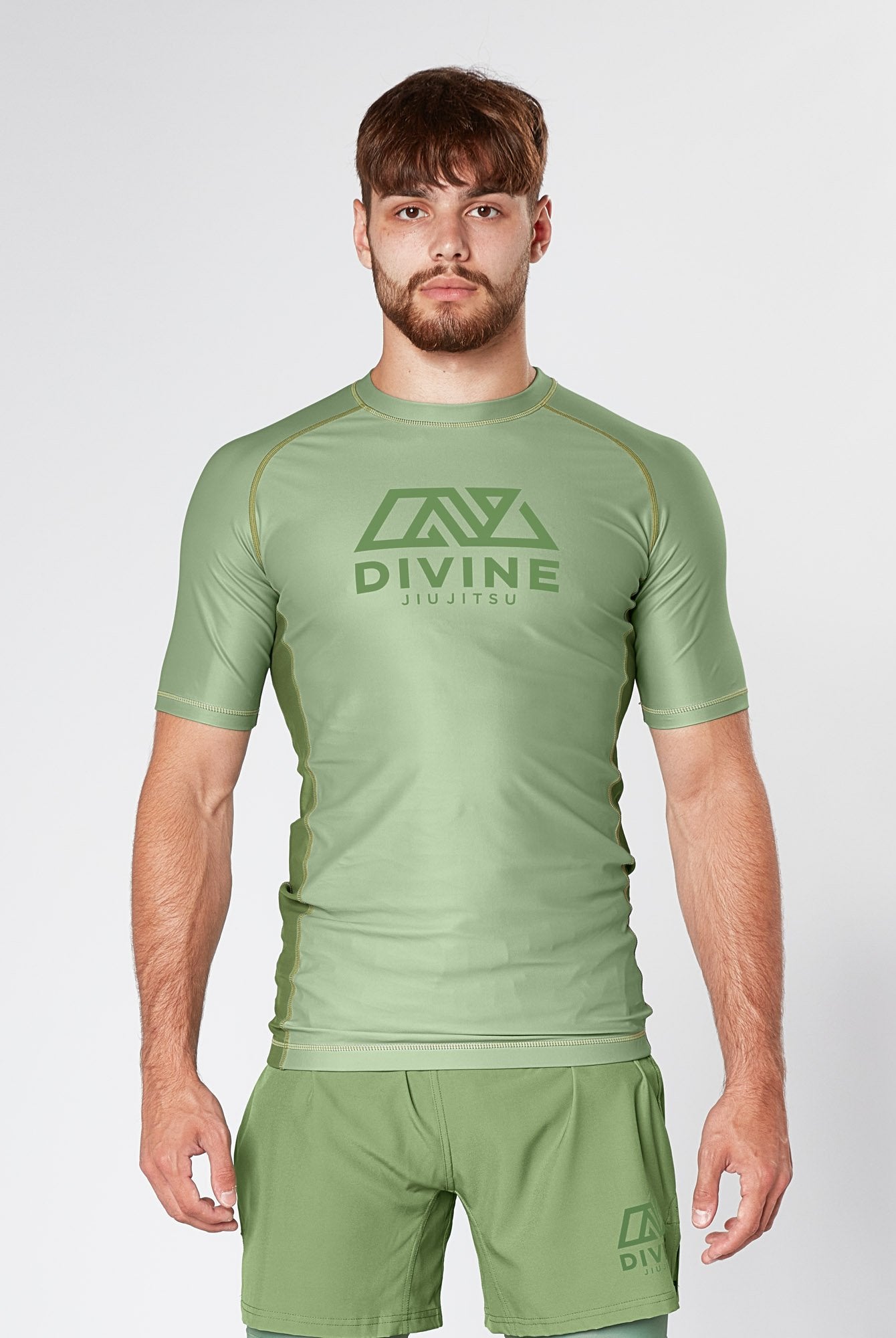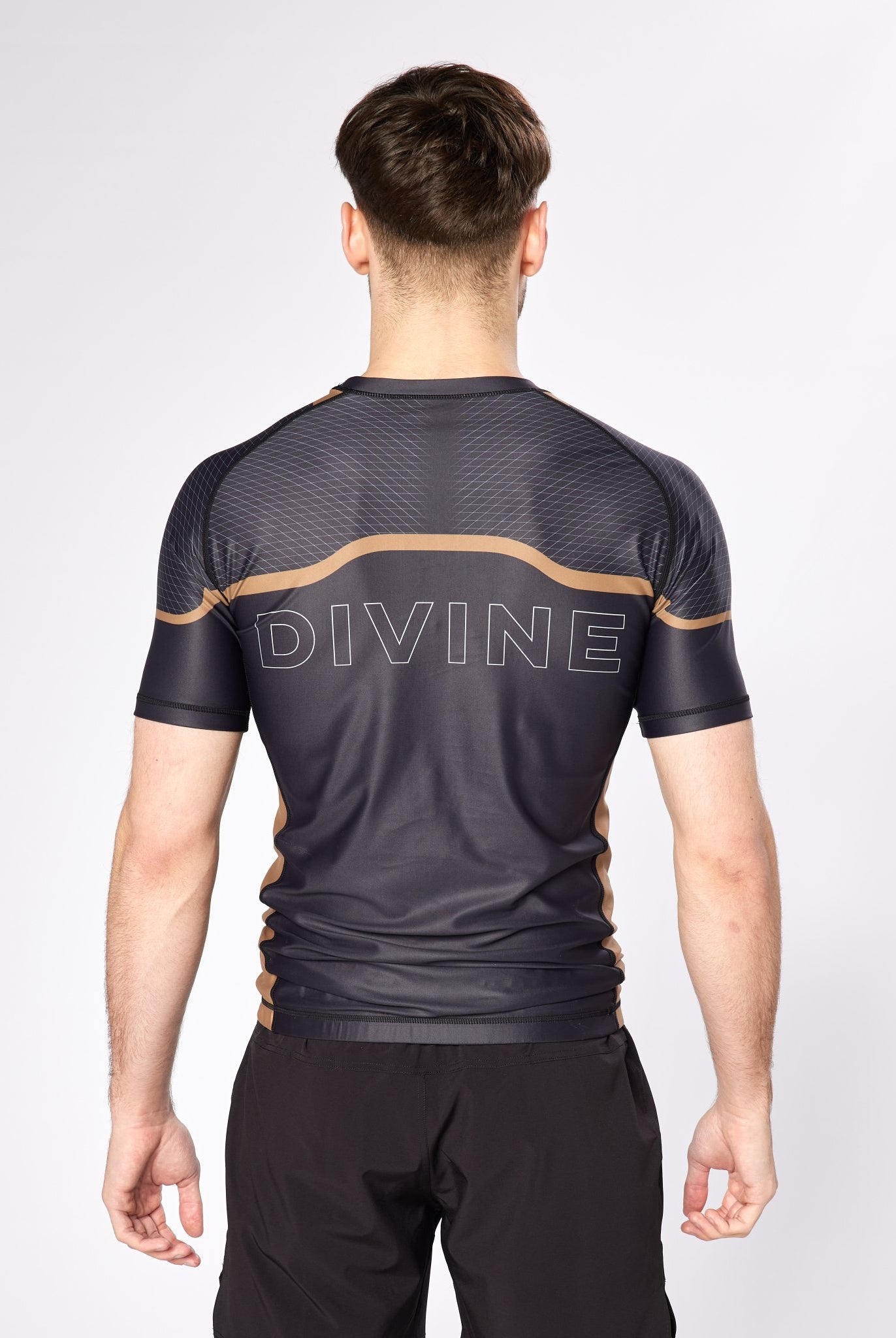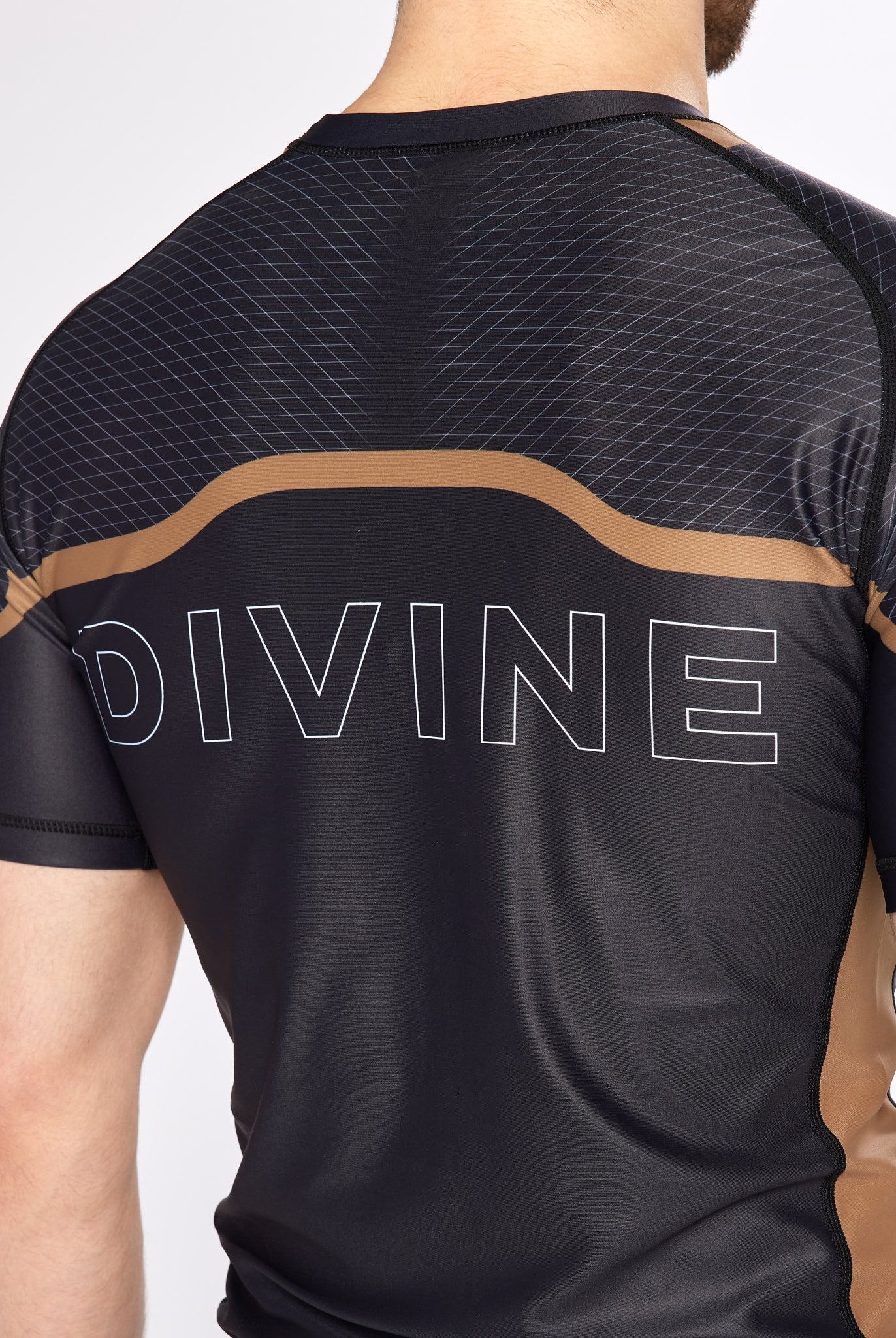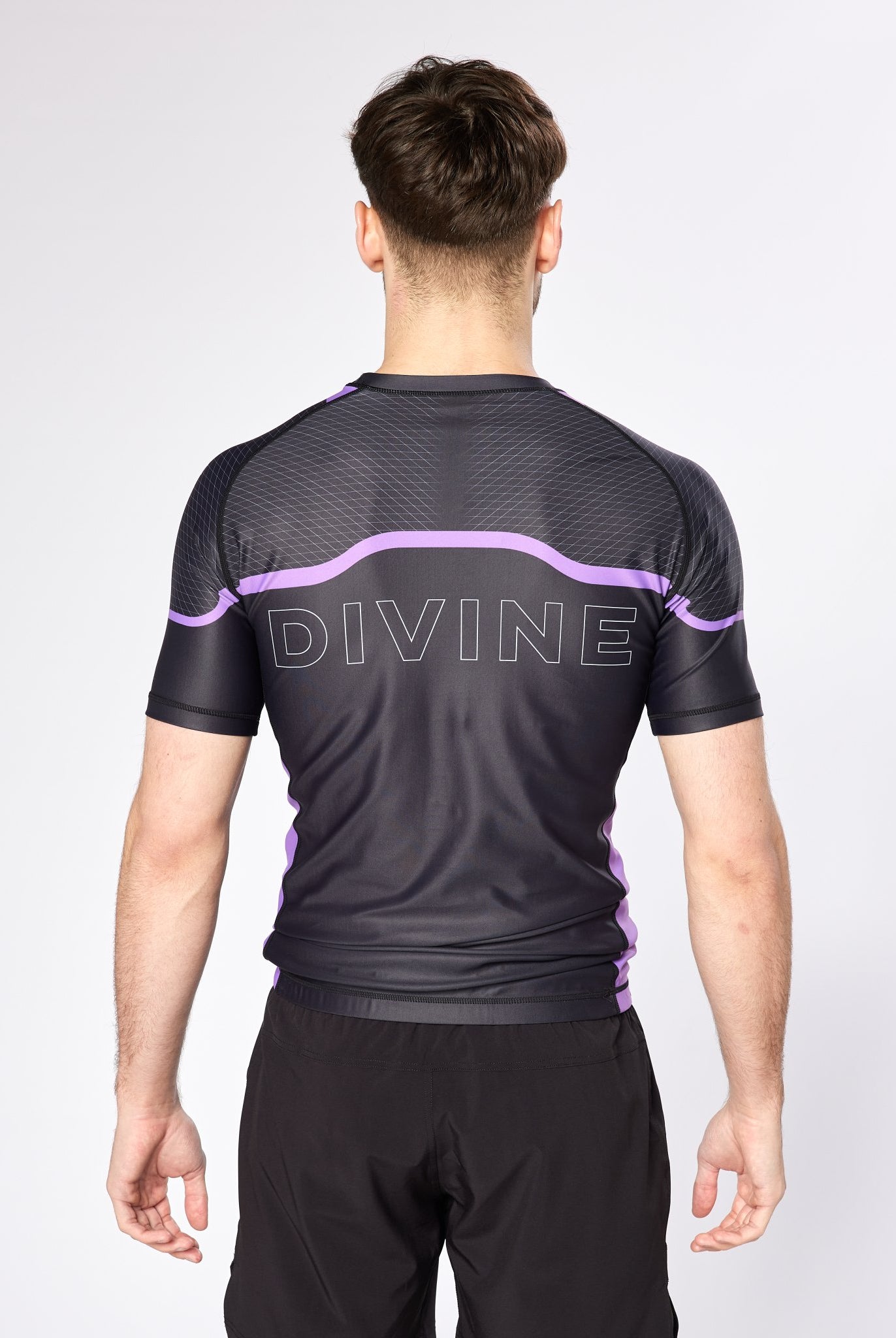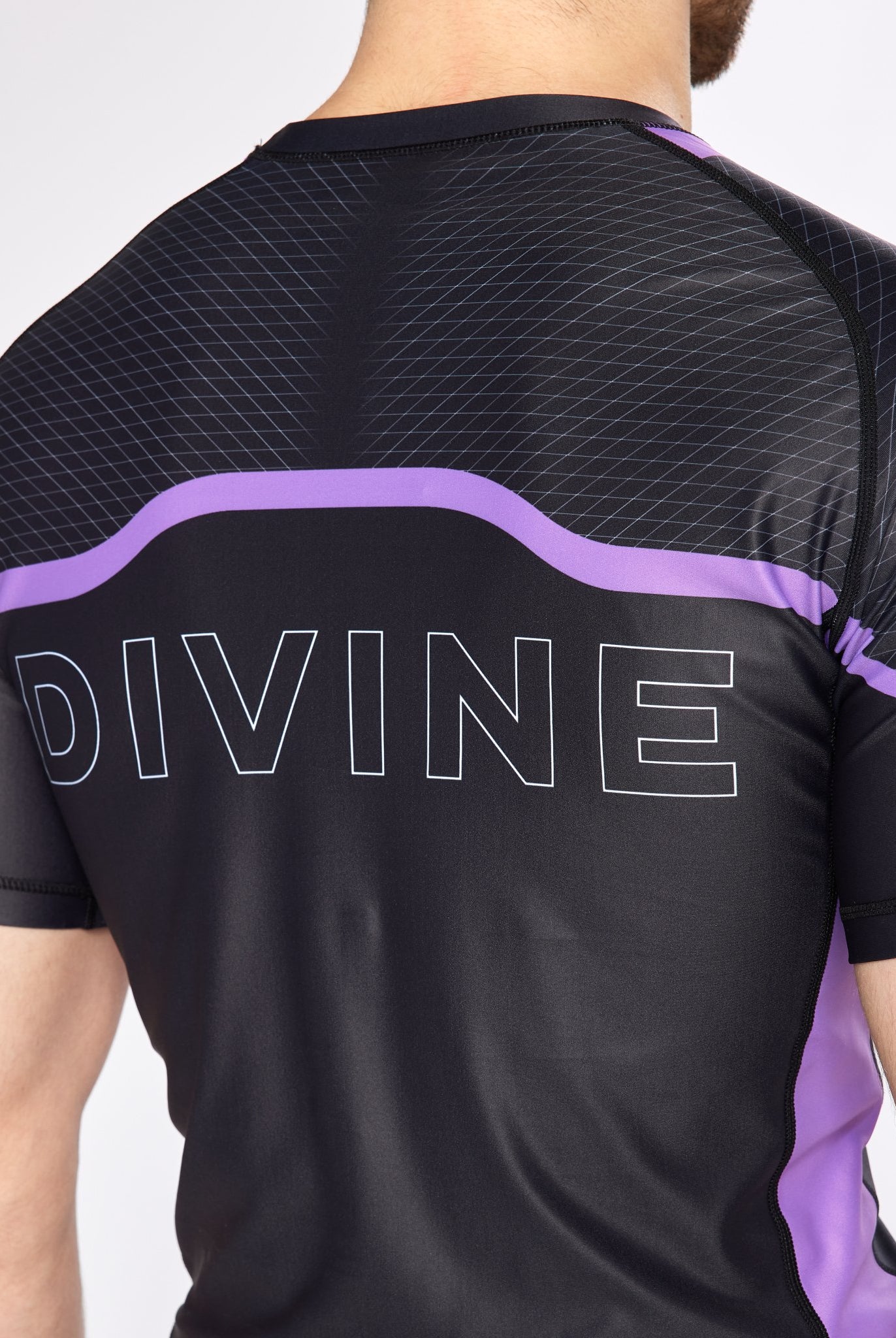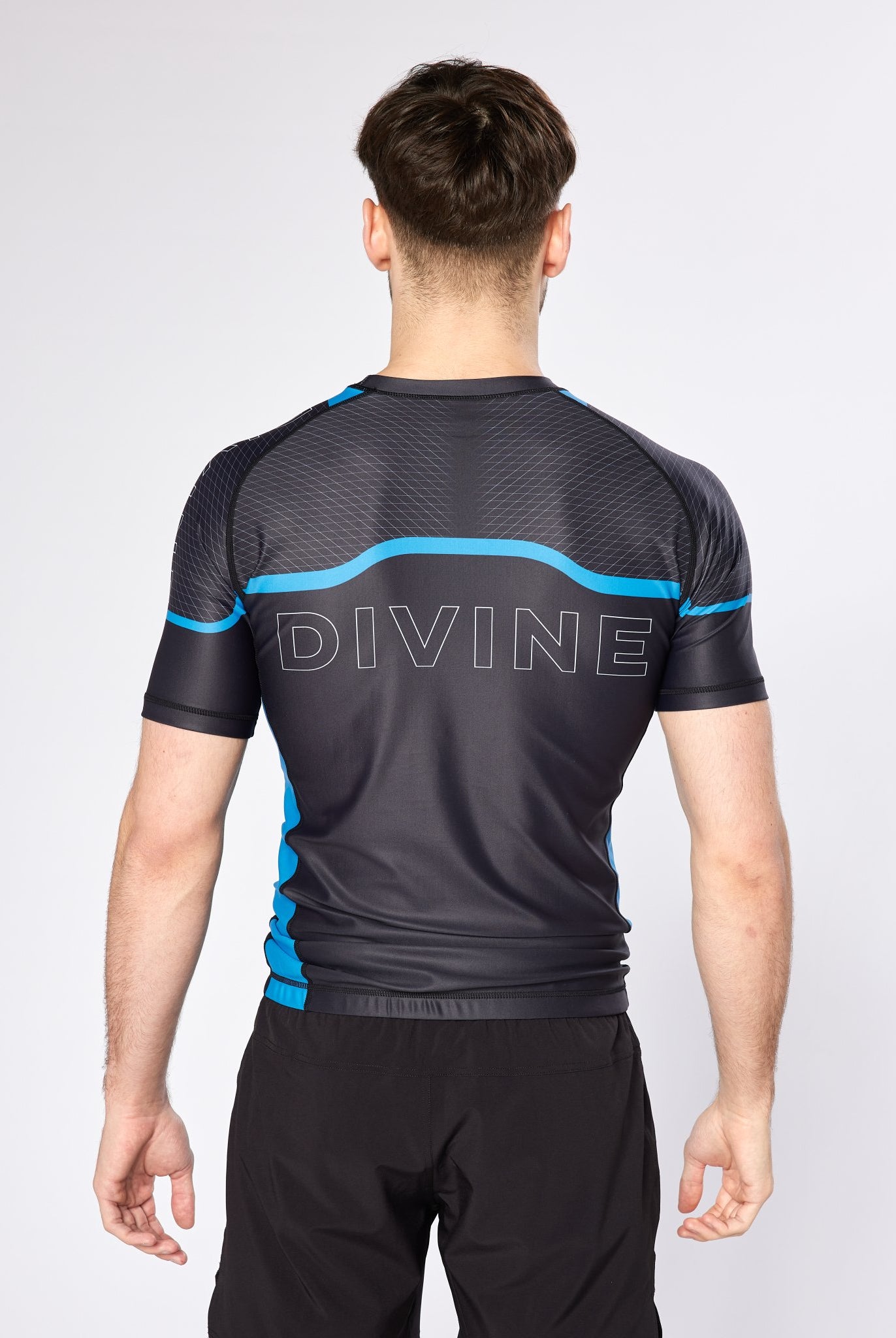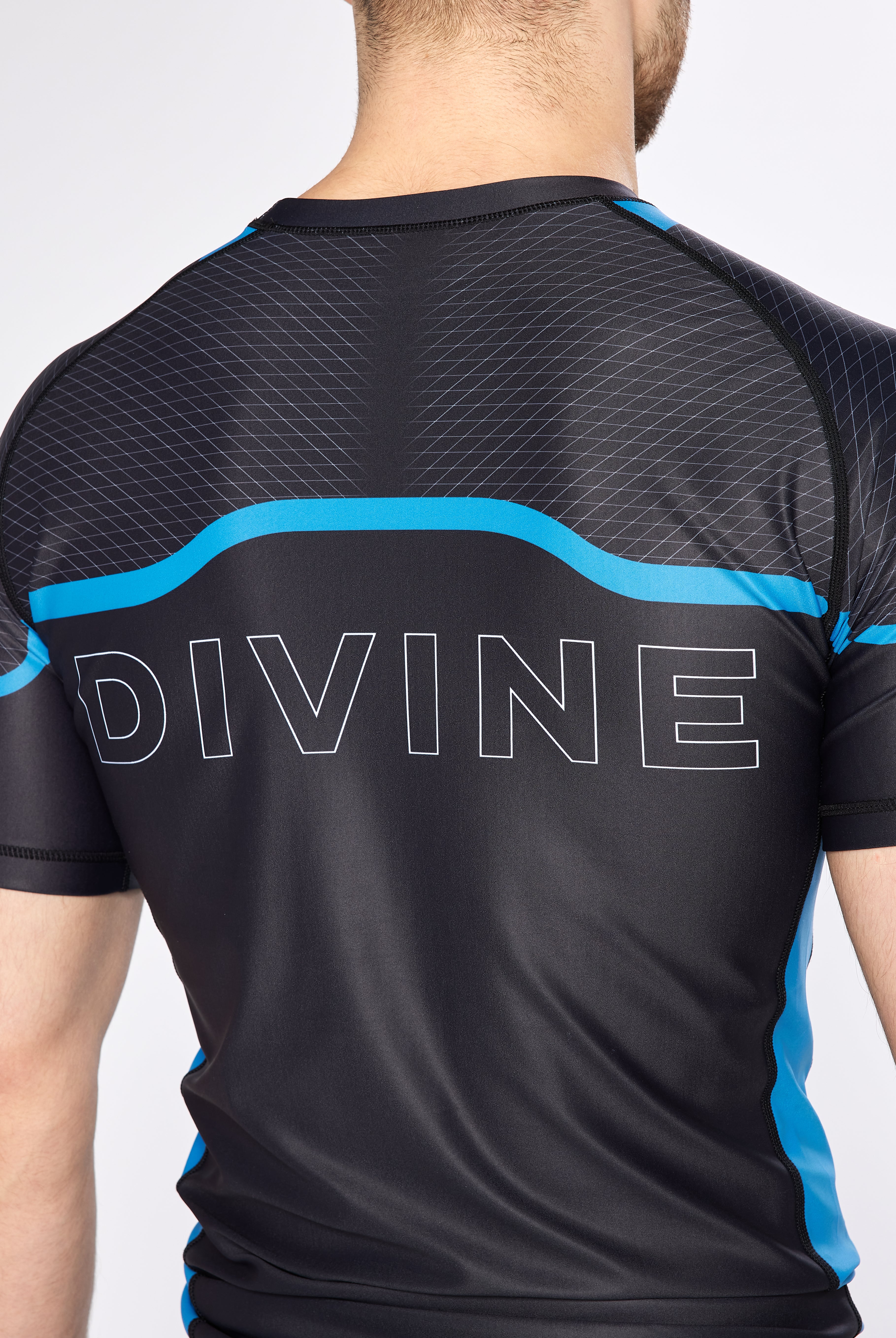Understanding the Journey to Mastery

For those curious about Brazilian Jiu-Jitsu (BJJ), the journey of learning can feel both exciting and daunting. Typically, it takes around 10 to 15 years to achieve black belt status, but this can vary greatly depending on factors like personal dedication, training frequency, and natural aptitude. Many practitioners find that they can develop a solid understanding of fundamental techniques within the first year, allowing them to effectively engage in sparring sessions.
As each student progresses, they will experience different milestones that contribute to their overall skill development. From the initial struggle of mastering basic moves to the more complex strategies of advanced techniques, the timeline is unique to each individual. This post will explore the various elements that influence how long it takes to learn BJJ, aiming to provide clarity for both beginners and those contemplating their training path.
Understanding BJJ and Its Learning Curve
Brazilian Jiu-Jitsu (BJJ) is a martial art focused on ground fighting and grappling. Learning this discipline involves grasping its core principles and recognizing how various factors can affect the pace of training.
Fundamentals of Brazilian Jiu-Jitsu
At its foundation, BJJ emphasizes technique over brute strength. Key concepts include positional control, submissions, escapes, and guard passing. Practitioners begin by learning basic movements such as escapes from the mount and rear-naked chokes.
One effective learning method is drilling, where students repetitively practice techniques. This builds muscle memory, enabling smoother transitions during sparring. Students often progress from white to blue belt as they demonstrate competence in fundamental techniques, typically taking 1 to 3 years.
The belt system helps categorize skill levels, guiding practitioners through structured learning. Mastery requires a blend of body awareness, strategy, and continuous practice. Engaging with diverse training partners also deepens understanding and application of techniques.
Factors Influencing Learning Speed
Several elements can affect how quickly an individual learns BJJ. Time commitment is crucial; regular attendance—ideally three to five times per week—accelerates skill acquisition and conditioning.
Physical fitness plays a significant role. Those with a background in sports or prior martial arts often adapt faster due to pre-existing coordination and strength. Mental aspects are equally important, as a growth mindset encourages resilience through challenges faced during training.
Individual motivation impacts success, too. Enthusiastic learners actively seek additional resources, such as instructional videos or advanced classes. Lastly, the quality of the instruction and the training environment can greatly influence learning speed. Supportive instructors and training partners enhance the overall experience, leading to faster progression.
Training Frequency and Practice Quality
Training frequency and the quality of practice are crucial factors in mastering Brazilian Jiu-Jitsu (BJJ). Regular, high-quality sessions bolster skill acquisition and retention, while neglecting training can impede progress.
Optimizing Your Training Routine
Establishing a consistent training schedule is essential. Most practitioners benefit from attending classes 3 to 5 times per week. This frequency allows sufficient time for muscle recovery and skill reinforcement.
Prioritizing quality over quantity is vital. Engaging in focused training sessions where techniques are practiced deliberately can maximize learning. Incorporating home practice or supplemental training, such as cardio or flexibility exercises, can enhance overall performance.
Tracking progress through goal setting can help maintain motivation. Effective training routines often include aspects of strength training and conditioning tailored to BJJ demands.
The Role of Sparring and Drilling
Sparring and drilling are key components of BJJ training. Drilling techniques solidifies muscle memory, facilitating smoother transitions during sparring. It is advisable to dedicate approximately 50% of each session to drilling.
Sparring provides real-time application of skills against resisting partners. This environment tests techniques under pressure, offering invaluable insights into one’s strengths and weaknesses.
To optimize learning, practitioners should embrace both positional sparring and full sparring. Position-specific drills target certain areas for improvement, while full sparring adds the complexity of spontaneous decision-making. Balancing these elements can significantly enhance a BJJ practitioner’s effectiveness.
Milestones and Progression in BJJ
Progressing in Brazilian Jiu-Jitsu (BJJ) involves understanding the structured belt system and setting attainable goals. These elements shape a student's journey through the art, providing clear milestones along the way.
Belt System and Time Commitments
BJJ follows a comprehensive belt ranking system, which includes colors such as white, blue, purple, brown, and black. Each belt signifies a student's level of skill and understanding.
- White Belt: Beginner stage. Time spent here varies, often lasting at least 6 months before advancing.
- Blue Belt: Indicates basic competency. Often takes 1-2 years to achieve.
- Purple Belt: Intermediate level, typically reached after 4-5 years.
- Brown Belt: Advanced. It can require another 1-3 years of training.
- Black Belt: Mastery. Awarded after at least 10 years combined training and teaching.
Training frequency also impacts progression. Students training 2-3 times a week may advance slower than those training 4-5 times a week.
Setting Realistic Goals
Establishing realistic goals enhances progression in BJJ. Goals can be skill-based or belt-related.
-
Skill-based Goals: Focus on improving specific techniques, such as guard passing, submissions, or escapes.
-
Belt Goals: A student should plan timelines for reaching each belt, considering factors like commitment and frequency of training.
It's crucial to reassess goals periodically. Students should track their progress in achieving benchmarks to maintain motivation and self-improvement.
Recognizing small achievements reinforces commitment to the journey. Adjusting aspirations based on training experiences can lead to a fulfilling BJJ practice.
Supplemental Learning and Resources
Enhancing Brazilian Jiu-Jitsu (BJJ) skills extends beyond the mat. Various resources complement in-person training effectively. These include instructional videos and seminars, which provide additional insights and techniques.
Instructional Videos and Online Content
Instructional videos are valuable tools for practitioners of all levels. They often feature expert analysis of techniques, drills, and specific strategies. Platforms like YouTube and dedicated BJJ sites offer access to a wealth of content.
Advantages of Online Learning:
- Flexibility: Access resources anytime.
- Diverse Styles: Learn from various instructors.
- Revisiting Concepts: Replay difficult techniques as needed.
Online courses and subscription services present structured learning paths. These resources can address specific areas like guard passes or submission techniques, offering focused training that aligns with the learner's needs.
Seminars and Workshops
Seminars and workshops are in-person events that provide intensive instruction from experts. These sessions often focus on specific topics or techniques, allowing for hands-on learning.
Benefits of Attending:
- Direct Feedback: Participants receive immediate corrections.
- Networking Opportunities: Engage with fellow practitioners and instructors.
- Intensive Learning: Sessions dive deeper into topics than regular classes.
These events can foster a stronger connection to the BJJ community. They enhance a practitioner’s skills beyond the standard curriculum, often exposing them to advanced concepts not covered in typical classes.
